A well - optimized sand and gravel crushing line is crucial for achieving maximum output (capacity) and efficiency in the aggregates production industry. Here are several key strategies to optimize your crushing line:
1. Stone Crusher Plant Equipment Selection
1-1. Appropriate Stone Crushers
Choose stone crushers based on the properties of the raw materials, such as hardness, abrasiveness, and moisture content. For hard and abrasive materials like granite, jaw crushers can be used for primary crushing due to their high - crushing force. Cone crushers are suitable for secondary and tertiary crushing of hard materials, providing a high reduction ratio and producing well - shaped particles. Impact crushers are ideal for softer materials and can produce a more cubical product, which is often preferred in construction applications.
1-2. High - Quality Screens
Invest in high - quality vibrating screens. The screens play a vital role in separating the crushed materials into different size fractions. Ensure that the screen decks have the right aperture size and mesh configuration to accurately classify the materials. This helps in avoiding over - crushing and ensures that the final products meet the required specifications.
1-3. Efficient Conveyors
Select conveyors with sufficient capacity to transport the materials smoothly between different processing units. The conveyors should be made of durable materials to withstand the abrasive nature of sand and gravel. Additionally, consider using conveyors with adjustable speed controls to optimize the material flow according to the production requirements.
2. Stone Crusher Plant Process Design
2-1. Balanced Crushing Stages
Design a crushing process with multiple stages to achieve a high reduction ratio gradually. A well - balanced primary, secondary, and tertiary crushing system ensures that the materials are crushed efficiently without overloading any single crusher. For example, in a typical crushing line, the primary crusher reduces the large - sized raw materials to a medium size, which is then further processed by the secondary and tertiary crushers.
2-2. Closed - Circuit Crushing
Implement a closed - circuit crushing system by using screens to recycle the oversized materials back to the crushers for further processing. This helps in achieving a more uniform product size and increases the overall production efficiency. The closed - circuit design also reduces the amount of waste material and improves the quality of the final products.
2-3. Material Flow Optimization
Analyze and optimize the material flow within the crushing line. Ensure that there are no bottlenecks or blockages in the conveyor systems, crushers, or screens. The layout of the equipment should be designed in a way that minimizes the distance the materials need to travel, reducing energy consumption and increasing the throughput.
3. Maintenance and Monitoring
3-1. Regular Maintenance
Establish a comprehensive maintenance schedule for all the equipment in the crushing line. This includes regular inspections, lubrication, and replacement of worn - out parts. For crushers, check the wear liners, mantles, and blow bars regularly and replace them when necessary. For screens, inspect the screen decks for damage and replace any torn or worn - out sections.
3-2. Condition Monitoring
Implement a condition - monitoring system to continuously monitor the performance of the equipment. Use sensors to measure parameters such as temperature, vibration, and power consumption. Unusual changes in these parameters can indicate potential problems, allowing for timely maintenance and preventing costly breakdowns.
3-3. Operator Training
Provide proper training to the operators of the crushing line. Well - trained operators can operate the equipment more efficiently, identify potential issues early, and perform basic maintenance tasks. They should be familiar with the operating procedures, safety protocols, and troubleshooting techniques for each piece of equipment.
4. Quality Control
4-1. Product Sampling and Testing
Regularly sample and test the final products to ensure that they meet the required quality standards. Test parameters such as particle size distribution, shape, and moisture content. Based on the test results, adjust the operating parameters of the crushers and screens to optimize the product quality.
4-2. Feedback Loop
Establish a feedback loop between the quality control department and the production team. If the test results indicate that the product quality is not meeting the standards, the production team can make immediate adjustments to the crushing process, such as changing the crusher settings or adjusting the screen aperture size.
5. Stone Crusher Plant Energy Efficiency
5-1. Energy - Saving Equipment
Select energy - efficient equipment for the crushing line. Newer models of crushers and screens often come with advanced technologies that reduce energy consumption without sacrificing performance. For example, some crushers use variable - speed drives to adjust the motor speed according to the load, saving energy during periods of low production.
5-2. Power Management
Implement a power - management system to optimize the energy consumption of the entire crushing line. This can include measures such as shutting down idle equipment, using energy - efficient lighting, and scheduling the production during off - peak hours when the electricity rates are lower.
By implementing these strategies, you can optimize your sand and gravel crushing line for maximum output, improve product quality, reduce operating costs, and enhance the overall efficiency of your aggregates production operation.




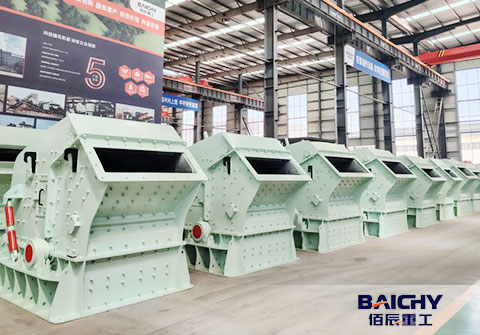
 2025-04-14
2025-04-14
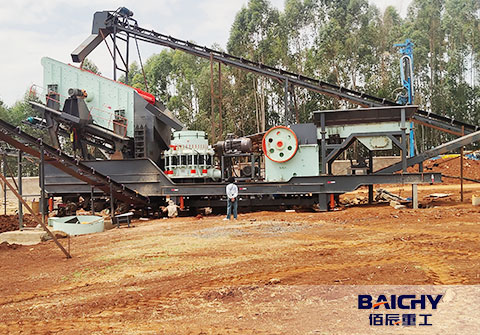
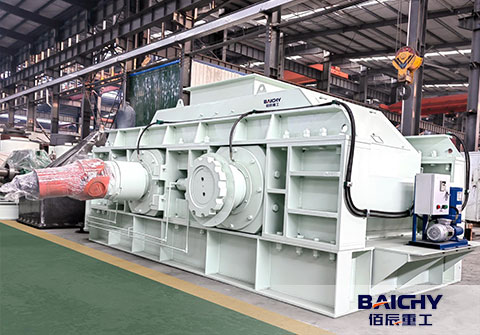
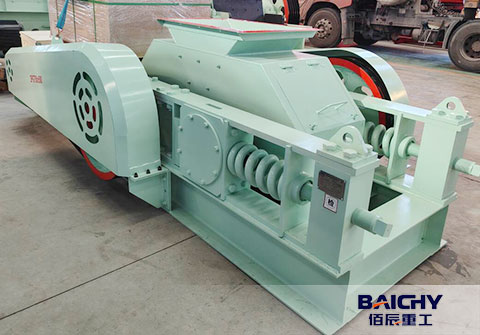
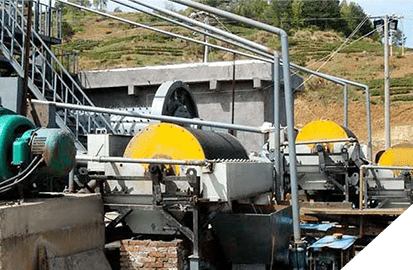
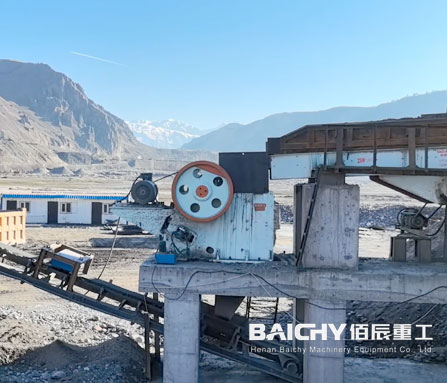
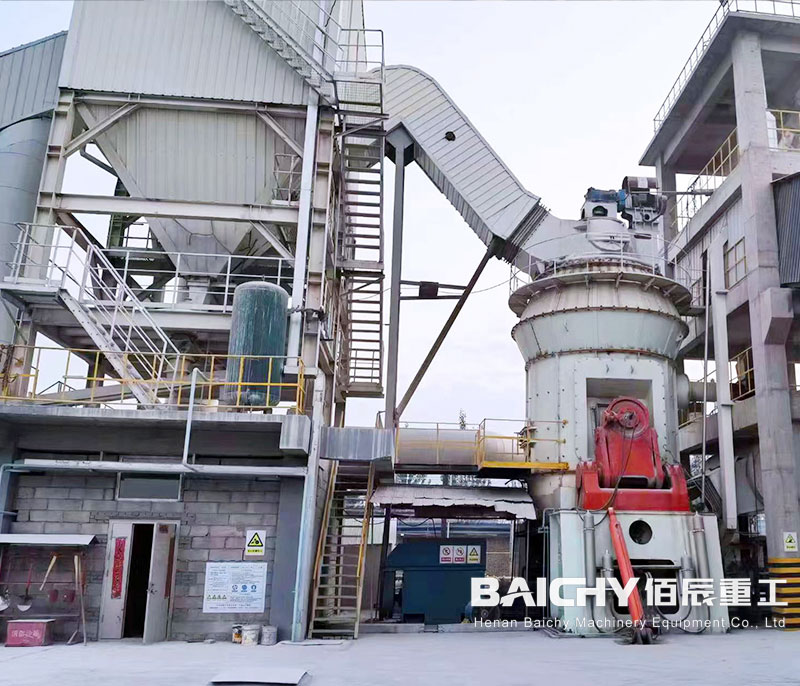
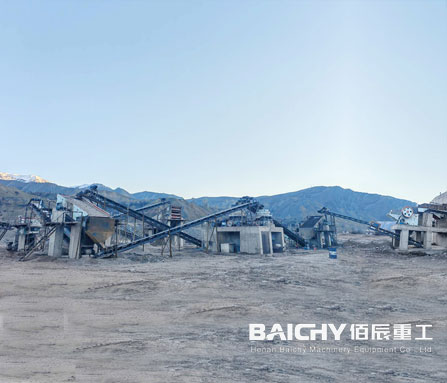














 86-15093113821
86-15093113821
 86-15093113821
86-15093113821

